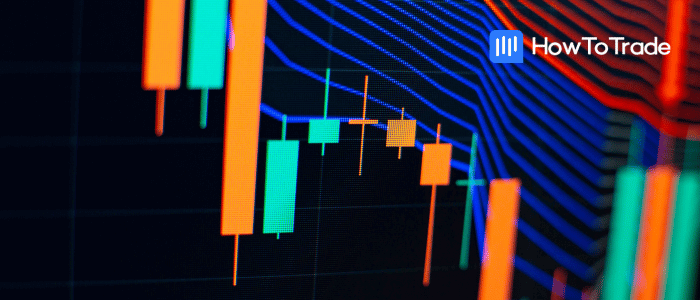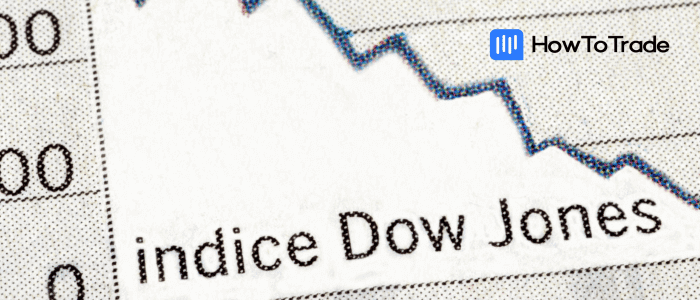Howtotrade.com offers up-to-date global indices market analysis, news, price forecasts, and current prices covering the stock markets.

Published on: 12 Dec 2024DAX 40 - Germany
Read More >>

Published on: 14 Nov 2024DAX 40 - Germany
Read More >>

Published on: 31 Oct 2024DAX 40 - Germany
Read More >>

Published on: 08 Nov 2024Dow Jones (DJI)
Read More >>

Published on: 06 Dec 2024NASDAQ
Read More >>

Published on: 26 Nov 2024NASDAQ
Read More >>

Published on: 13 Nov 2024NASDAQ
Read More >>

Published on: 29 Nov 2024S&P 500 (SPX)
Read More >>
A stock index is a basket or portfolio of stocks listed on a particular stock exchange. These indices can represent the broader market of a country or a specific sector. For example, the Dow Jones 30 is a stock market that tracks the 30 largest companies in the United States. It is often used as a benchmark for the economic performance of the US market. The S&P 500 Energy Index is a collection of stocks that measure the performance of the 500 largest energy companies listed on the US stock exchange. The DAX40 stock market index measures the performance of the most prominent companies listed on the Frankfurt Stock Exchange.
Trading stock market indices enable you to gain exposure to a portfolio of stocks that represent an economy or a sector. Yet, there’s something you need to know: since stock indices are basically a portfolio of stocks used to measure the market’s performance, they cannot be traded directly. The reason for that is that stock indices do not actually trade on any stock market; they simply represent the overall performance of a stock market.
However, while stock indices cannot be traded on a stock market, these assets can be traded through derivative contracts. These include futures contracts, options, ETFs, and CFDs.
If you wish to start trading leading global indices in the form of CFDs, here’s what you need to do:
Subscribe for on-demand lessons, trade ideas, trading challenges and weekly newsletters packed with actionable information.
